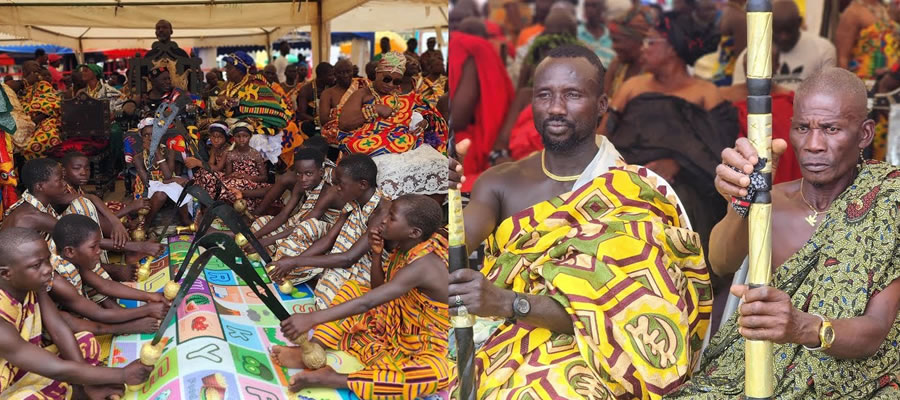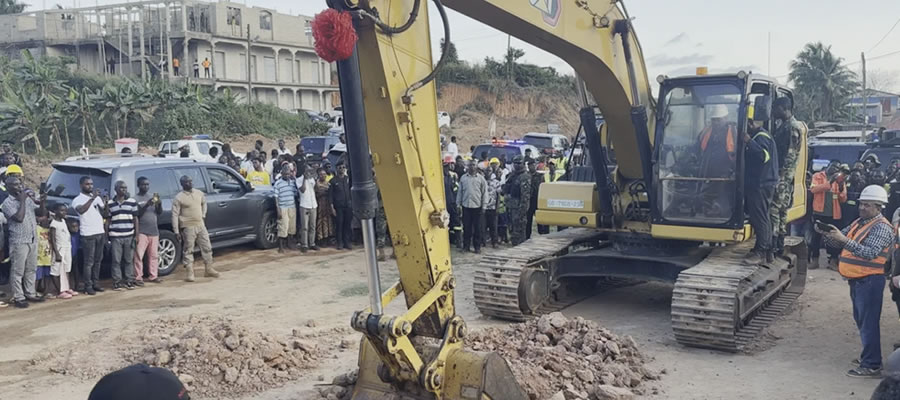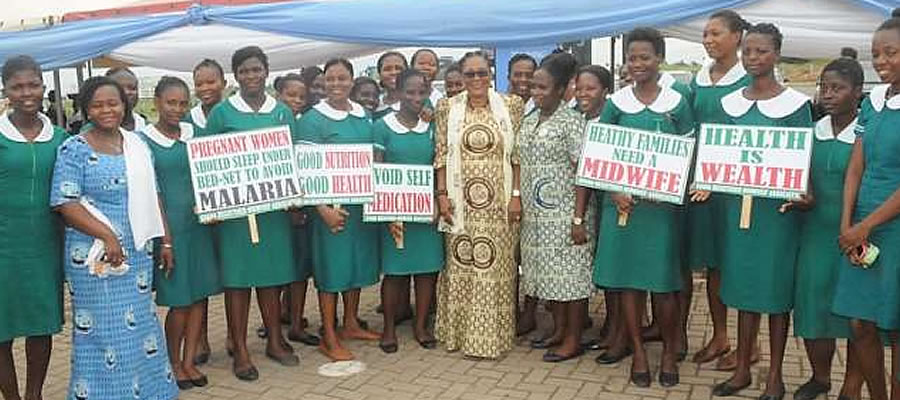

Industries
As the Metropolis is losing most of the farmlands, there is the need for the Assembly to create the necessary enabling environment such as the free zone enclave to encourage private investors and partners to establish manufacturing industries.
The concentration of industries in the Metropolis is made up of manufacturing, wood processing and Agro-processing. Manufacturing is the most patronized industrial activity. Most of these industries specialize in the manufacturing of oil palm and rubber products. Wood processing and agro-processing are also patronized. Also, Ghana Free Zones Board (GFZB) has a proposed industrial site to facilitate an export processing zone in Sekondi.
Manufacturing industries outnumber wood and agro-processing industries in STMA. Mostly the wood processing industries are found on the link road between Sekondi and Takoradi. Nonetheless, some of these industries are currently working under capacity or not functioning at all.
Takoradi Port
The Takoradi Port was built in 1928. It is located in Takoradi. It is well connected to its hinterland which makes it the preferred gateway to the middle and northern part of Ghana as well as the Sahelian countries- Burkina Faso, Niger, and Mali. Annually, the Port handles over 600 vessels, 37% of total national seaborne traffic, 62% of national exports, and 20% of total national imports. The table below shows the type of exports and imports the Port handles.
Albert Bosomtwi-Sam Fishing Harbour
The Albert Bosomtwi –Sam Fishing harbor was built in 1999 as a strategic business unit of Ghana Ports and Harbours Authority to be managed as part of Takoradi Port. It is located in Sekondi. It is approximately 25 km West of Takoradi Port and just North of Sekondi Naval Base. The Fishing Harbour comprises the Inner Fishing Harbour, the Canoe Basin, and the Outer Fishing Harbour.
Informal Activities
The retail fabric of Sekondi-Takoradi has a high proportion of informal traders. These traders are scattered throughout the city selling a wide range of products and services. They are mostly concentrated along the main roads and receive good support from the residents in the locality. The existing retail facilities can be classified as follows:
Street vendors (hawkers) carry goods in their hands or on their heads.
Vendors with minor facilities such as tables
Makeshift structures/sheds often on the side of roads
Lockable containers or other types of prefabricated structures
Purpose-built retail buildings can be single or double-story built individually, in a linear or clustered in the form of a market.
Mechanics and Local Artisans
The Kokompe No. 1 and No. 2 area is the host for mechanics and local artisans. Local artisans include wood furnishers, welders, hairdressers, and barbers, etc. Most of these individuals are middle-aged with little or no formal education. Their customer base is local. Most come from the Sekondi-Takoradi area. The Kokompe No.1 and No. 2 area has access to social services including electricity, pipe-borne water, toilet facilities, and waste collection. These facilities need to be upgraded.
Market Activities
There are a total of 4 major markets in the Metropolis. These include the Takoradi Central Market, Sekondi Market, and Kojokrom Market. Each of these markets primarily serves the communities close to where they are located. However, the Takoradi Central Market is the major market in the Metropolis.
Takoradi Central Market
The Takoradi Central market was constructed in 1928 and extended in 1940 to cater to the then small population which were mainly workers connected to the construction of the Takoradi harbor. A market circle was planned to form the nucleus of trading for STMA. Its location makes it the most accessible point in the Metropolis.
It is the largest market in the Western Region in terms of both size, number of traders and sphere of influence. As the biggest commercial and economic hub in the Western Region covering one (1) kilometer square, the market is at the centre of the Central Business District (CBD) with ancillary activities such as banks and insurance. The market is currently undergoing reconstruction.
Sekondi Market
The Sekondi Market is the second vibrant commercial center in the Metropolis next after the Central Market in Takoradi. Currently, the market is not in the best of conditions. Some of its operational issues include weak physical structures, choked drains, and inadequate space for market women.
Internally Generated Funds
The Assembly by law is mandated to generate revenue to be used for the development of the metropolis. Internally generated funds are through the collection of rates, lands, rent, licenses and fees. Below is the IGF target for 2021 and the set target for the plan period.
In the year 2020, the revenue item which contributed most to the Internally Generated Fund of the Assembly was fees. It is however projected that licenses will contribute the most IGF within the plan period with the least being rent.
Date Created : 2/6/2025 2:41:48 AM











 facebook
facebook
 twitter
twitter
 Youtube
Youtube
 +233 593 831 280
+233 593 831 280 0800 430 430
0800 430 430 GPS: GE-231-4383
GPS: GE-231-4383 info@ghanadistricts.com
info@ghanadistricts.com Box GP1044, Accra, Ghana
Box GP1044, Accra, Ghana